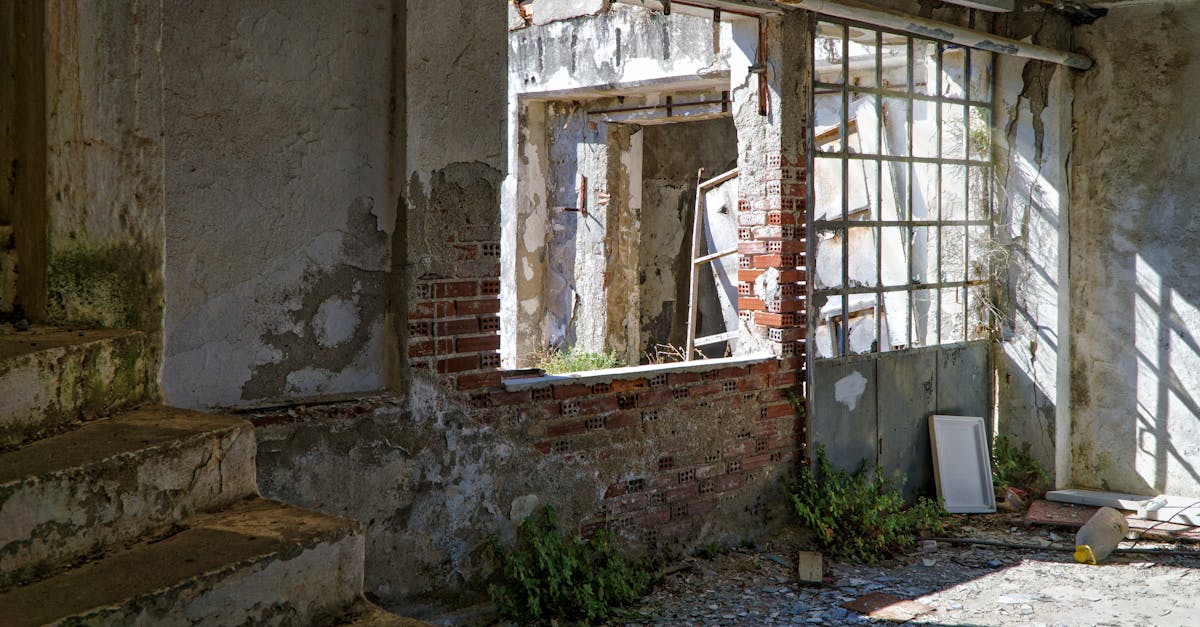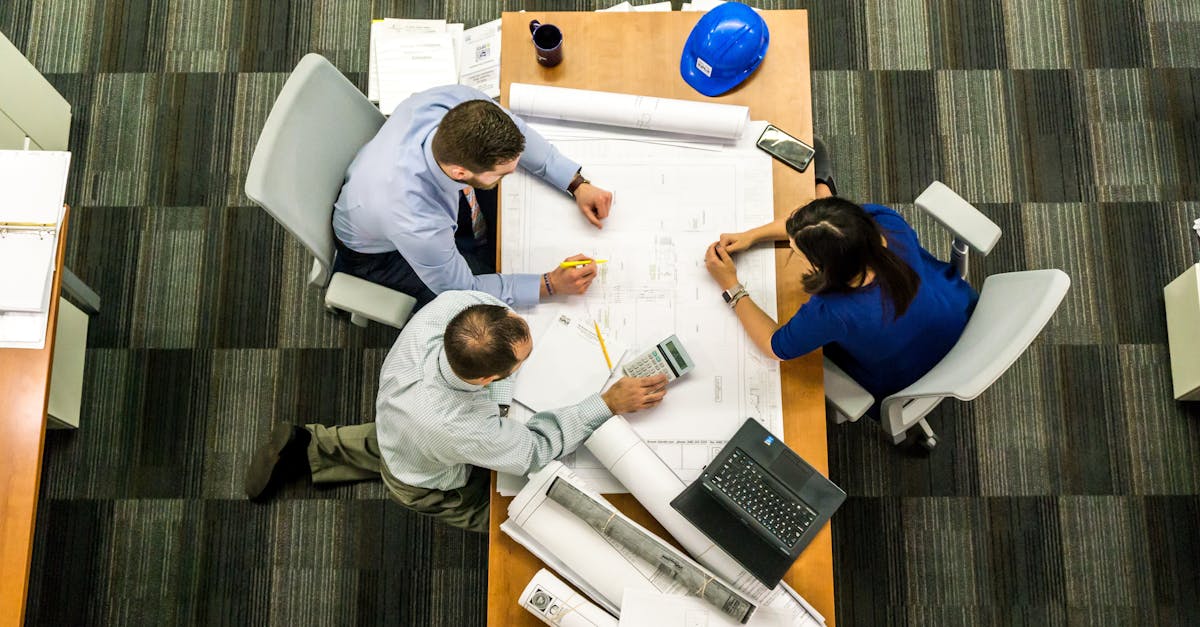
Table Of Contents
Innovative Technologies for Handling Mixed Construction and Demolition Waste
Innovative technologies are revolutionizing the way we handle mixed construction and demolition waste. By integrating cutting-edge sorting and separation systems, waste facilities can efficiently process materials like wood, concrete, metals, and plastics. These technologies streamline the recycling process, allowing for the recovery of valuable resources that would otherwise end up in landfills. Construction and demolition waste management systems are increasingly incorporating sophisticated machinery such as optical sorters, vibrating screens, and magnetic separators to enhance the recovery rates of recyclable materials.
Moreover, advancements in automation and robotics have enabled waste facilities to optimize sorting processes and reduce contamination levels in mixed construction and demolition waste streams. Robotics play a crucial role in identifying and separating materials based on their composition and size, enhancing the overall efficiency of recycling operations. These technological innovations not only improve the environmental sustainability of waste management practices but also contribute to the circular economy by promoting the reuse and recycling of materials in Construction and Demolition Waste Management.
Advancements in Recycling and Waste Processing Methods
Advancements in recycling and waste processing methods have played a pivotal role in enhancing Construction and Demolition Waste Management practices. With the introduction of innovative technologies such as automated sorting systems and advanced material recovery facilities, the efficiency of separating and processing mixed construction and demolition waste has significantly improved. These advancements have streamlined the recycling process, enabling the diversion of a larger proportion of waste from landfills and promoting sustainable waste management practices.
Moreover, the integration of state-of-the-art waste processing methods such as waste-to-energy facilities and closed-loop recycling systems has revolutionized the way mixed construction and demolition waste is handled. By harnessing energy from waste materials and reintegrating recycled products back into the production cycle, these advancements not only reduce the environmental impact of waste disposal but also contribute to a more circular and resource-efficient economy. Construction and Demolition Waste Management has thus evolved from traditional landfill-centric practices to a more progressive approach that prioritizes recycling, reuse, and resource recovery.
Economic Benefits of Properly Managing Mixed Construction and Demolition Waste
Properly managing mixed Construction and Demolition Waste can lead to significant economic benefits for businesses and communities. By implementing efficient waste recycling and processing methods, companies can reduce disposal costs and generate revenue through the sale of recycled materials. Additionally, adopting sustainable waste practices can enhance a company's reputation, attracting environmentally conscious customers and partners.
Innovative technologies for handling mixed Construction and Demolition Waste have the potential to drive cost savings and improve operational efficiency. By investing in advanced waste sorting and processing equipment, companies can streamline their waste management processes and reduce the amount of waste sent to landfills. This not only reduces disposal costs but also minimizes environmental impact, contributing to a more sustainable approach to Construction and Demolition Waste Management.
Cost Savings and Revenue Generation Opportunities
Proper management of mixed construction and demolition waste presents various opportunities for cost savings and revenue generation. By implementing efficient sorting and recycling processes, organizations can reduce disposal costs associated with landfilling such waste materials. Additionally, the recovered materials can be sold to recyclers or manufacturers, creating a potential revenue stream for businesses involved in Construction and Demolition Waste Management.
Furthermore, embracing innovative technologies like automated sorting systems and advanced waste processing methods can enhance the efficiency of handling mixed construction and demolition waste. These technologies not only streamline the sorting process but also maximize the recovery of valuable materials, ultimately leading to cost savings and revenue opportunities. Investing in sustainable waste practices not only benefits the environment but also offers financial advantages for organizations seeking to optimize their Construction and Demolition Waste Management processes.
Case Studies on Successful Mixed Construction and Demolition Waste Management
In the realm of Construction and Demolition Waste Management, numerous case studies demonstrate successful strategies for handling mixed waste. One such example is a construction company in a metropolitan area that implemented a comprehensive waste sorting system on-site. By segregating materials like metal, wood, concrete, and plastic at the source, they were able to significantly reduce waste sent to landfills and increase recycling rates. This initiative not only minimized environmental impact but also saved costs associated with waste disposal.
Another notable case involved a demolition project in a historic district. The contractor partnered with local recycling facilities to salvage architectural elements, such as doors, windows, and fixtures, for resale or reuse. By diverting these materials from the waste stream, they preserved valuable resources and contributed to the preservation of historical buildings. This approach not only showcased a commitment to sustainability but also garnered positive community feedback and support for their Construction and Demolition Waste Management efforts.
RealLife Examples of Sustainable Waste Practices
Sustainable waste practices in Construction and Demolition Waste Management can be seen in various real-life examples. One such case is the utilization of advanced sorting technologies to separate different materials like concrete, wood, and metals for recycling. By effectively segregating the waste at the source, companies can significantly reduce the amount of materials sent to landfills, promoting a more sustainable approach to waste management.
Another example of sustainable waste practices in Construction and Demolition Waste Management is the implementation of waste-to-energy facilities. These facilities convert non-recyclable waste into energy through processes like incineration or gasification. By turning waste into a valuable resource, companies are not only reducing the volume of waste going to landfills but also generating clean energy, contributing to a more environmentally friendly and resource-efficient waste management system.
FAQS
What is mixed construction and demolition waste?
Mixed construction and demolition waste refers to a combination of various materials such as concrete, wood, metal, plastics, and other debris generated from construction and demolition activities.
Why is it important to properly manage mixed construction and demolition waste?
Proper management of mixed construction and demolition waste is crucial to minimize environmental impact, promote resource conservation, and comply with waste regulations and policies.
How can innovative technologies help in handling mixed construction and demolition waste?
Innovative technologies such as advanced sorting systems, material recovery facilities, and waste-to-energy processes can improve the efficiency and effectiveness of handling mixed construction and demolition waste.
What are the economic benefits of managing mixed construction and demolition waste correctly?
Proper management of mixed construction and demolition waste can lead to cost savings through recycling and reuse, as well as revenue generation opportunities from selling recovered materials.
Are there any successful case studies showcasing effective mixed construction and demolition waste management?
Yes, there are several case studies highlighting successful practices in managing mixed construction and demolition waste sustainably, demonstrating the positive outcomes of adopting responsible waste management strategies.
